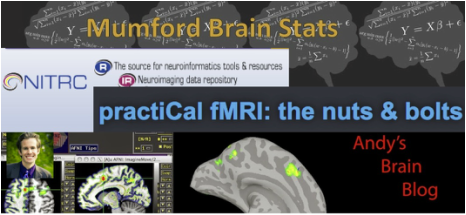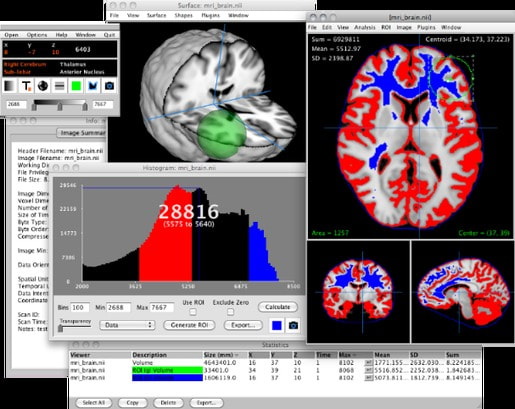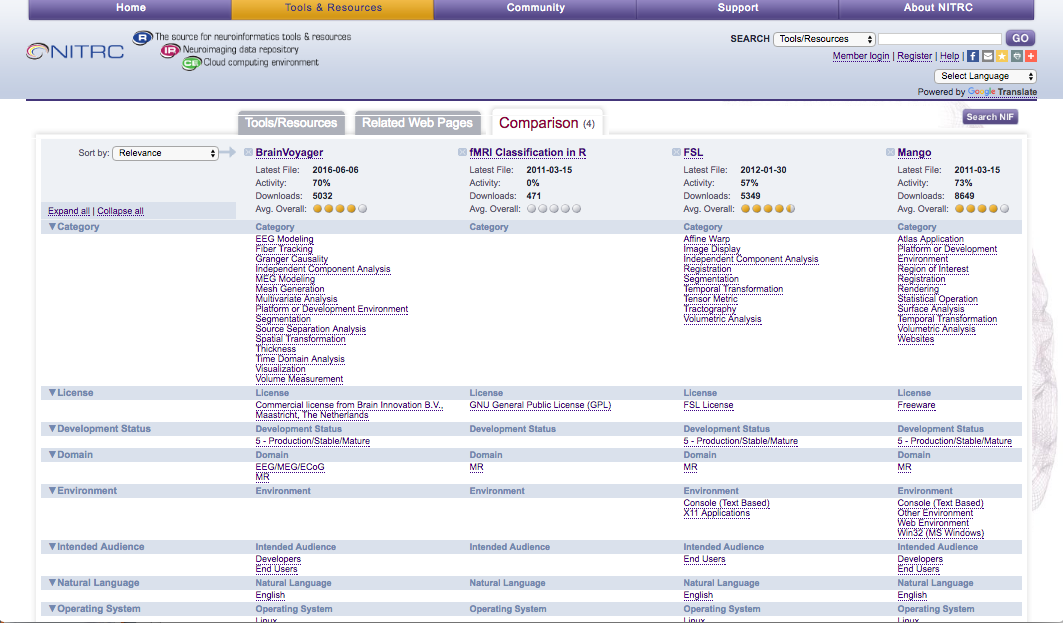|
BY PANTHEA HEYDARI Figuring out the right methods to conduct fMRI analyses can be a full time job. Most recently, I spent countless hours trying to determine the best way to do a Region of Interest (ROI) analysis on my imaging data. Usually, the scene plays out like this: Me sitting in uncomfortable office chair, eyes glued to the screen, fingers tapping, sometimes late at night, but mostly in the early AM hours (I’m more of a morning person) and always with piping hot coffee. I’m clicking on side links, opening tabs upon tabs and at some point my hair goes into a bun as I start frantically flipping through past notebooks, looking for notes that describe my subject’s stroke lesions. I am contemplating using ROI masks to remove the stroke lesions in order to understand the remaining brain activity. Errr, maybe I should clarify this image (and minimize those distracting Reddit and YouTube windows). I’m on the hunt for tutorials about fMRI ROI analysis and there’s a lot to learn.
My particular thesis project investigates how individuals with stroke engage the Action Observation Network (AON) during observation, execution, and imitation of hand and foot actions. I’ve mostly been running whole brain analyses but today, I want to look at specific activity patterns in the pre-motor cortex, inferior frontal gyrus, and the posterior parietal lobule. Since I’m not sure which package I want to use for my analysis, I start out on the NITRC home page. I need to consider that my subjects have lesions and use this as a keyword to narrow my search. Through the Resources feature of NITRC, I compare packages such as Mango, MarsBaR, and FSL. Which software is better suited for my types of analysis? Which is better supported? Which matches my particular needs? NITRC-R offers me the ability to compare software and determine which package is best able to serve my needs. Mango: · supports a variety of data formats and operating systems · features fairly intuitive ROI editing and surface rendering · allows for manual drawing of ROIs so I (or my minions…errr, I mean undergrads) can be specific about which voxels to select, but this may also increase rater variability MarsBaR: · is an added toolbox for SPM with an external homepage that features great step-by-step tutorials · has easy to read instructions on how to define a functional ROI, extract the data, and run analysis through the Matlab console · allows me to pre-define my ROIs or look at which voxels are active before selecting that as part of my ROI FSL: · is a popular tool for looking at functional MRI results · is great for tractography and relatively easy to use · allows me to draw or load ROIs and can be exported into other packages, if desired For these packages, NITRC shows me user ratings, support availability, development status, and documentation. I am concerned about reproducibility of results and how often these packages are used by other researchers. I am also interested in the availability of forums for my questions. For analysis, my top priority is being able to draw the ROIs myself and edit it if the automatic size is not what I prefer. These are factors I use in making my decision.
NITRC has consolidated information about resources and various software packages into a user-friendly and easily accessible site, so that I can compare packages in terms of priorities for my research. After assessing this information as well having open discussions with lab-mates about our project’s focus, I decide to go with FSL. I’ve been using FSL for prior work, so this makes sense in terms of logistics, but I also appreciate FSL’s ROI extraction tools and ability to control my regions. Lucky for me, NITRC has linked to sites for downloads and external resources of my winning choice. Easy enough, right?! All of this leaves me with much more free time. . .to spend online. Interested in using NITRC for your analysis needs? Or, have additional questions on Best Practices in Data Analysis and Sharing (COBIDAS)? Take a look! As always, feedback and comments welcome and encouraged!
1 Comment
9/29/2016 12:15:50 pm
You missed a bunch of other good candidates for software, documentation and blogs (including one that I help develop, AFNI). AFNI and MIPAV are good choices for creating ROIs. If you have questions about AFNI, the messageboard is typically where you can post questions and get answers. Take a look at these links for more information:
Reply
Your comment will be posted after it is approved.
Leave a Reply. |
BLOG HOME
Archives
January 2024
|



 RSS Feed
RSS Feed